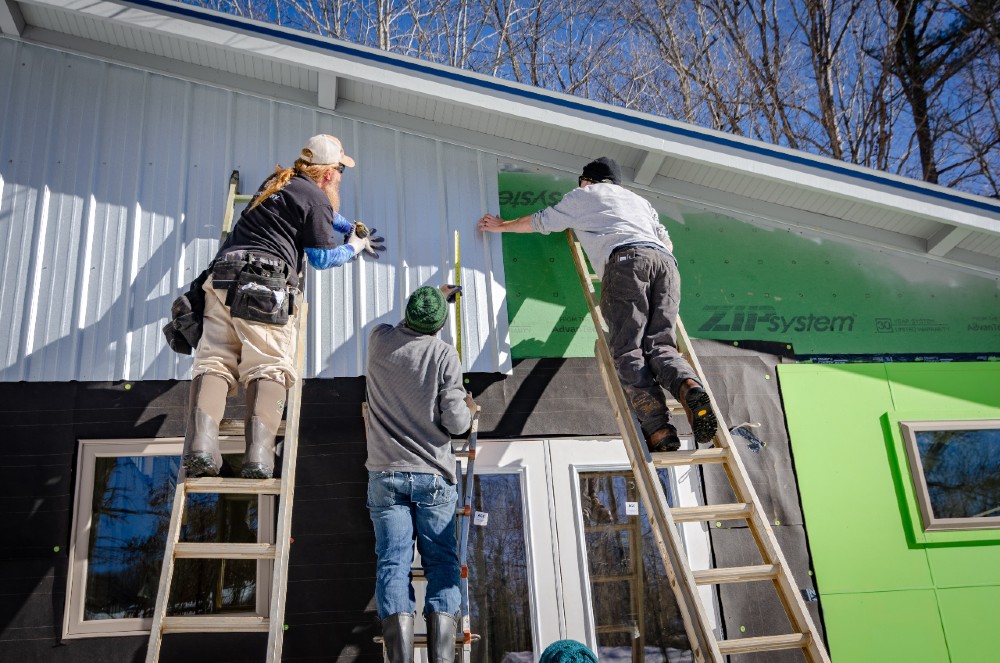Considering Foam Board Insulation for your home? Learn more about it here!
You’ve probably seen foam board insulation when strolling the aisles at your favorite hardware store and perhaps you’ve noticed there are different types in a wide range of R-Values. If you are wondering about insulating with foam board and what it’s good for, we break it down here.
Is insulating with foam board a good option?
Properly insulating your home is an important part of improving comfort, reducing costs, and increasing efficiency. Foam board insulation, also called rigid foam or insulating boards, is a great option for insulation all over your home. Moisture and pest resistant, foam board is stiff, and unlike batt and blown insulation, it won’t shift out of place once it’s installed. Foam board is typically cut to fit and wedged into place, and that’s where it will stay.
If you want to learn more about this great insulation option, contact Green Collar, 413-409-6816.
Insulation board can be used almost anywhere
Insulation board is so resistant to moisture, you can use it almost anywhere in your home, from the roof straight down to underneath the slabs! Using foam board insulation will increase the comfort and energy efficiency of your home even on the hottest and coldest of days. It can be used to:
- Insulate slabs and the outside of foundation walls in a new construction
- Insulate moist basement walls, behind a barrier such as drywall
- Insulate under exterior siding to lock in heating and cooling
- Insulate inside crawl spaces, even the dampest spots
Wherever there is a chance it could get wet, from insulating damp places like cellar walls to the protective shell of your home foam board insulation is a strong choice.
Foam board and R-Value — What does it mean?
You may have noticed that foam board insulation provides a range of R-values. But what is R-Value? The “R” stands for resistance. R-Value refers to the resistance of heat-transfer, or heat flow, so a high R-value keeps you warm inside on the coldest day by resisting the cold outside air from coming inside. The opposite is true in summer. Installing more insulation increases the resistance to heat flow in your home.
Generally, increased insulation thickness will increase the R-value. So insulation with a higher R-value has a higher cost because it has an increased capacity to resist heat flow, and provides greater insulation. The amount of insulation or R-value you’ll need depends on climate, the type of heating and cooling system you use, and the part of the house being insulated.
Schedule a free energy assessment with Green Collar and learn about what types of insulation may be best for your unique home!
Different types of foam board, explained.
Now that you understand R-Value, you can better consider the different types of foam board insulation.
- Expanded Polystyrene. Also called Styrofoam insulation, this is most budget-friendly, with R-values from 3.6 to 4.2 per inch.
- Extruded Polystyrene. Extruded insulation is very water-resistant and strong, ideal for areas like crawl spaces. Its R-Value is around 5 per inch.
- Polyisocyanurate. This material is the densest and has the highest R-values, about R-6 to 6.5. It often has a foil facing to reduce moisture.
Contact Green Collar to learn more or to discuss installing foam board where you need it in your home. Call us for a no-cost energy assessment today, 413-409-6816.
Photo by Jens Behrmann on Unsplash
